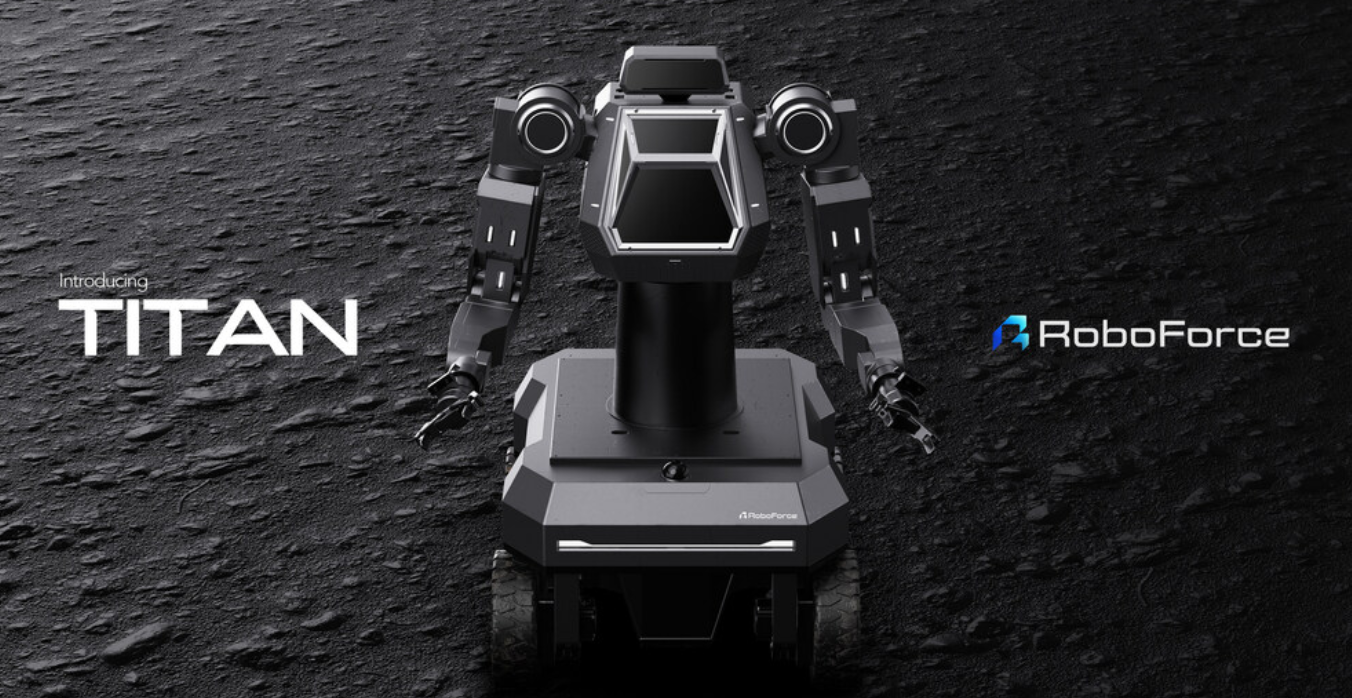Dani S. Bassett and Kieran Murphy are University of Pennsylvania engineers working in the realm of machine learning (ML) to understand chaotic systems that, due to their intrinsic non-linearity, are fundamentally unpredictable. In their study in the Physical Review Letters, the two attend to the improvement of how chaos is measured and analyzed, with potential applications ranging from weather forecasting to medical diagnostics.
Traditionally, chaotic systems like weather patterns have been difficult to predict over time due to their complex nature. Previous methods, such as using Lyapunov exponents, required extensive data or knowledge of the system’s governing equations. However, Bassett and Murphy’s approach utilizes machine learning to simplify the measurement of chaotic systems, requiring much less data while retaining critical information.
Rather than using ML for predictions, Murphy’s study covers the entire chaotic system into a single, refined measurement. This method discards unnecessary information, bringing researchers closer to a near-perfect understanding of chaotic systems.
It is the work that also extends to a study of dynamic systems within the human body, where understanding the complexities of time and flow of information would enable better diagnostics and improved quality of life. Their work opens up new ways of analyzing complex systems for devising innovative solutions to real-world problems, ranging from weather forecasts with increased accuracy to improved medical diagnostics.
Featured image: Credit: Physical Review Letters (2024). DOI: 10.1103/PhysRevLett.132.197201






